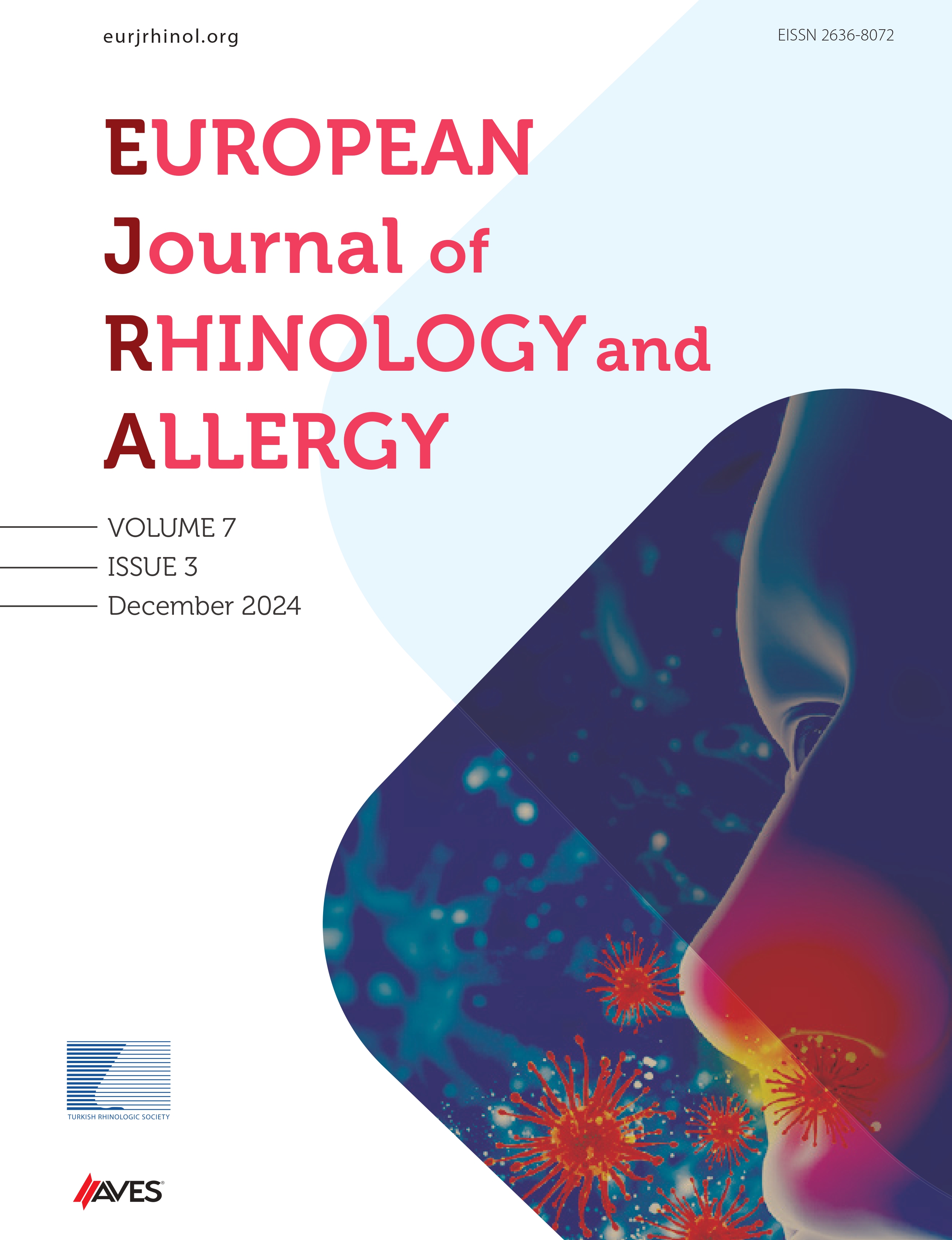Woakes’ syndrome was first reported in 1885 by Dr Edward Woakes and defined as “necrotising ethmoiditis” and nasal polyps with broadening of the nose. In an article published in 1979, the definition of Woakes’ syndrome has changed. According to that article, Woakes’ syndrome includes (1) nasal polyps, (2) bronchiectasis, (3) frontal sinus aplasia, (4) dyscrinia, (5) nose broadening, and (6) heredity. Woakes’ syndrome treatment can be examined under two headings: (1) treatment of deformities in the nose and (2) treatment of nasal polyps. Nasal polyps with poor eosinophils are seen in Woakes’ syndrome. In this syndrome, nasal polyps are resistant to anti-inflammatory treatment and tend to bleeding during surgery. Especially, otorhinolaryngologists, chest diseases specialists, should be aware of the components of Woakes’ syndrome and should not underdiagnose patients with nasal polyps. In addition, we recommend that patients with nasal polyp and broadening of the nasal pyramid be investigated for the presence of bronchiectasis.
Cite this article as: Kumbul YÇ, Tüz M, Akın V, Yüceer RO, Yasan H, Büyükçelik B. Woakes Syndrome: A Forgotten Entity and More than a Nasal Polyp.Eur J Rhinol Allergy. 2022;5(1):24-27.

.png)

.png)